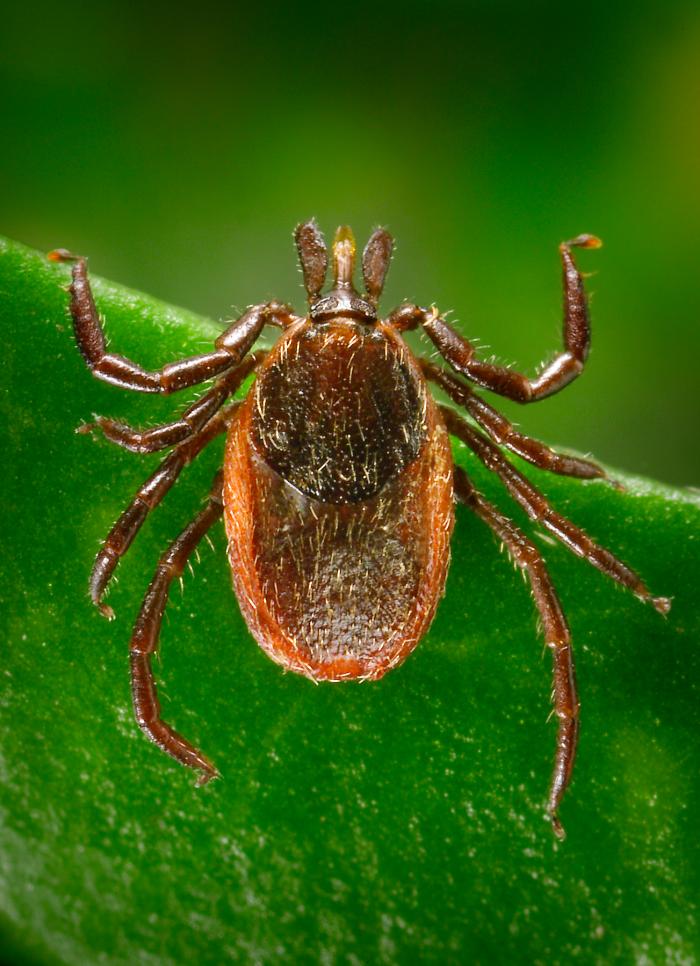File:Anaplasma phagocytophilum05.jpeg

Original file (700 × 966 pixels, file size: 89 KB, MIME type: image/jpeg)
This photograph depicted a dorsal view of an adult female western blacklegged tick, Ixodes pacificus, which has been shown to transmit Borrelia burgdorferi, the agent of Lyme disease, and Anaplasma phagocytophilum, the agent of “human granulocytic anaplasmosis” (HGA), which was previously known as “human granulocytic ehrlichiosis” (HGE), in the western United States. The small scutum, or tough, chitinous dorsal abdominal plate, does not cover its entire abdomen, thereby allowing the abdomen to expand many times when this tick ingests its blood meal, and which identified this specimen as a female. The four pairs of jointed legs, places these ticks in the Phylum Arthropoda, and the Class Arachnida.
File history
Click on a date/time to view the file as it appeared at that time.
| Date/Time | Thumbnail | Dimensions | User | Comment | |
|---|---|---|---|---|---|
| current | 05:17, 12 December 2014 |  | 700 × 966 (89 KB) | Jesus Hernandez (talk | contribs) | This photograph depicted a dorsal view of an adult female western blacklegged tick, Ixodes pacificus, which has been shown to transmit Borrelia burgdorferi, the agent of Lyme disease, and Anaplasma phagocytophilum, the agent of “human granulocytic an... |
You cannot overwrite this file.
File usage
The following page uses this file: